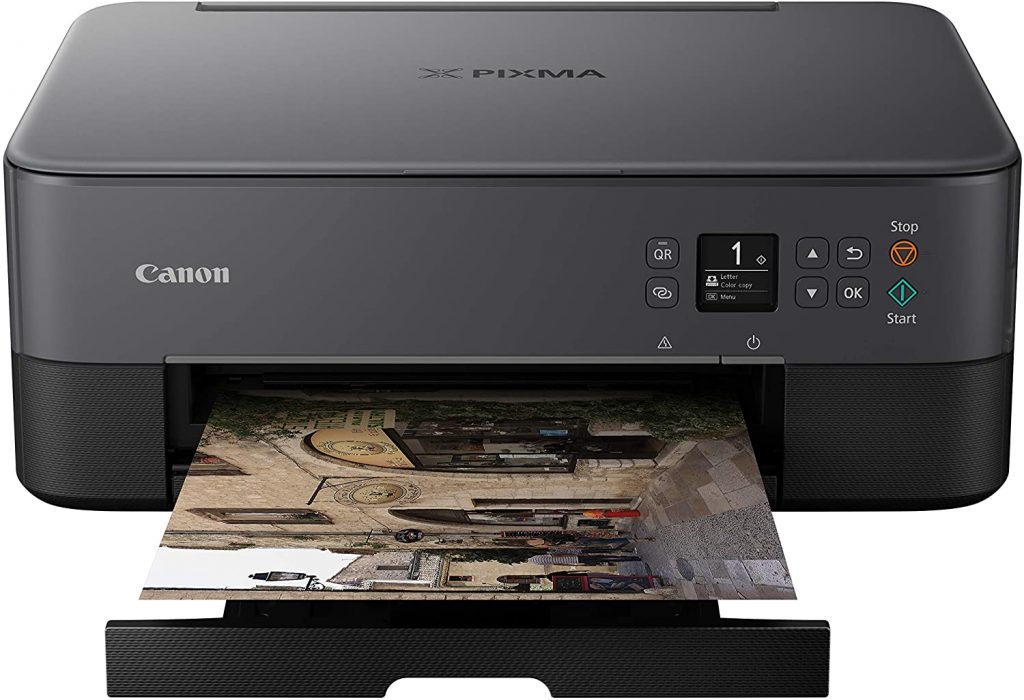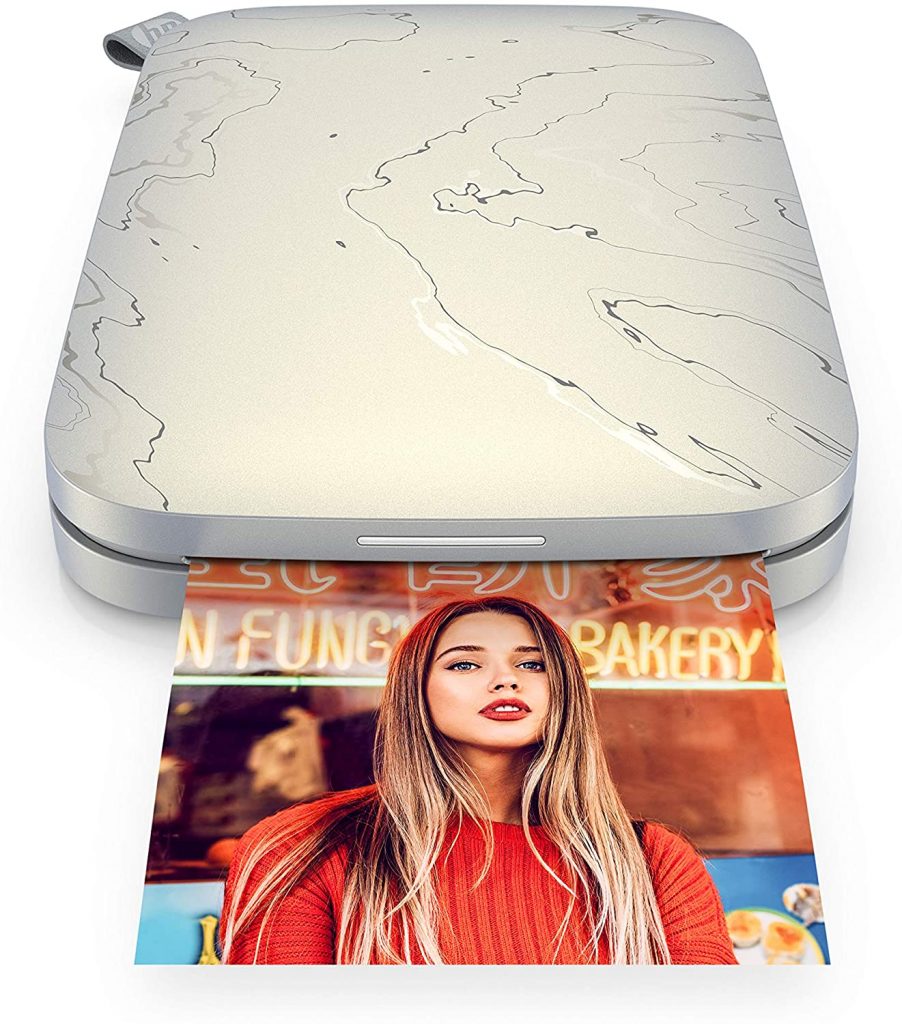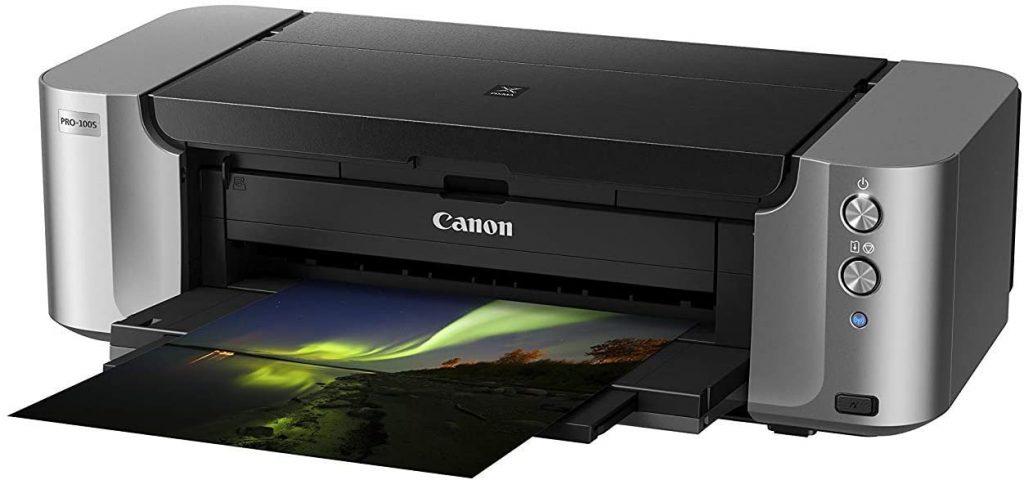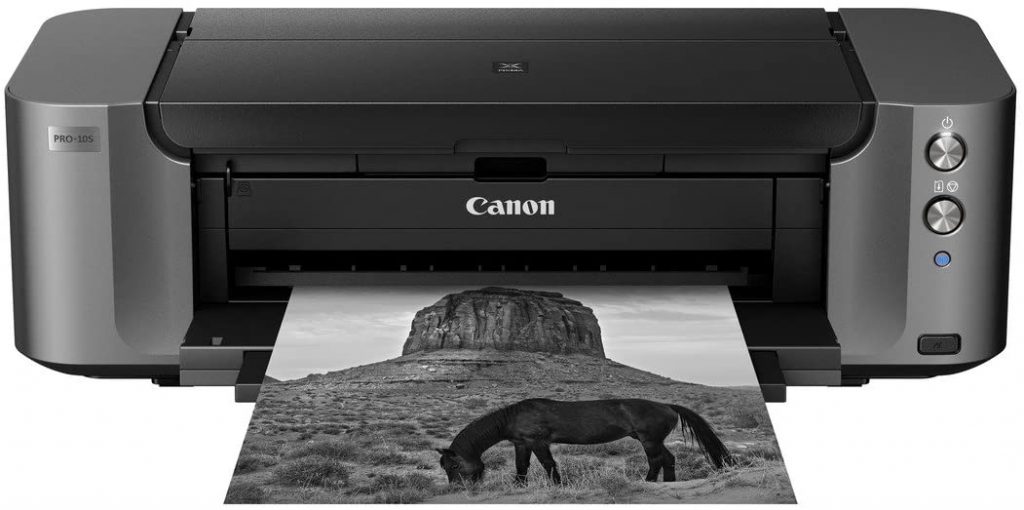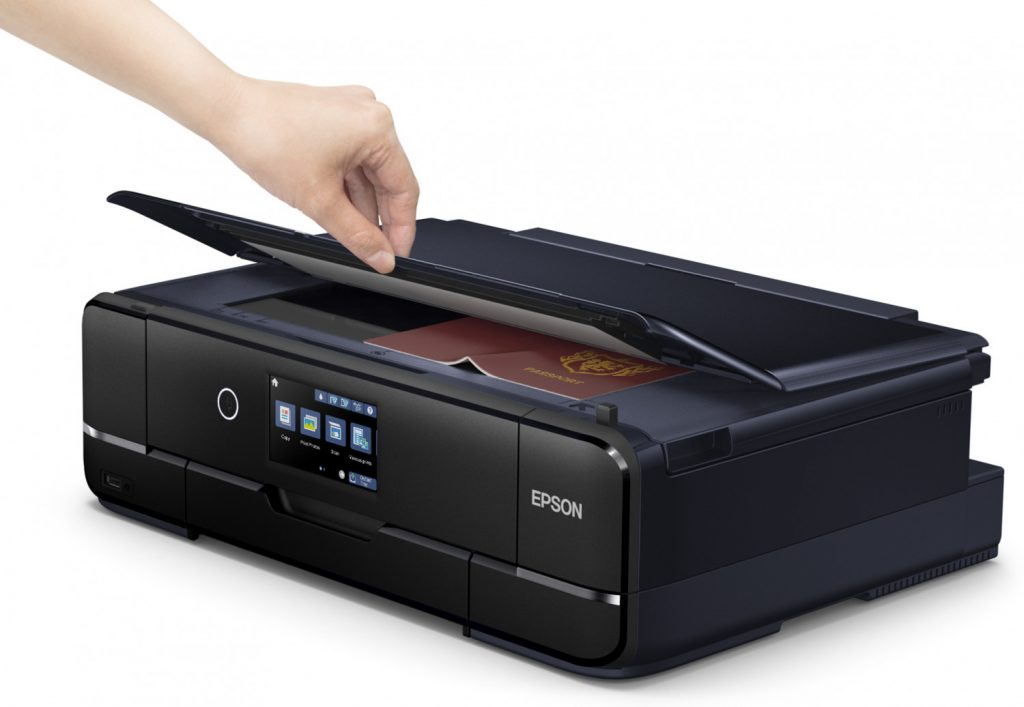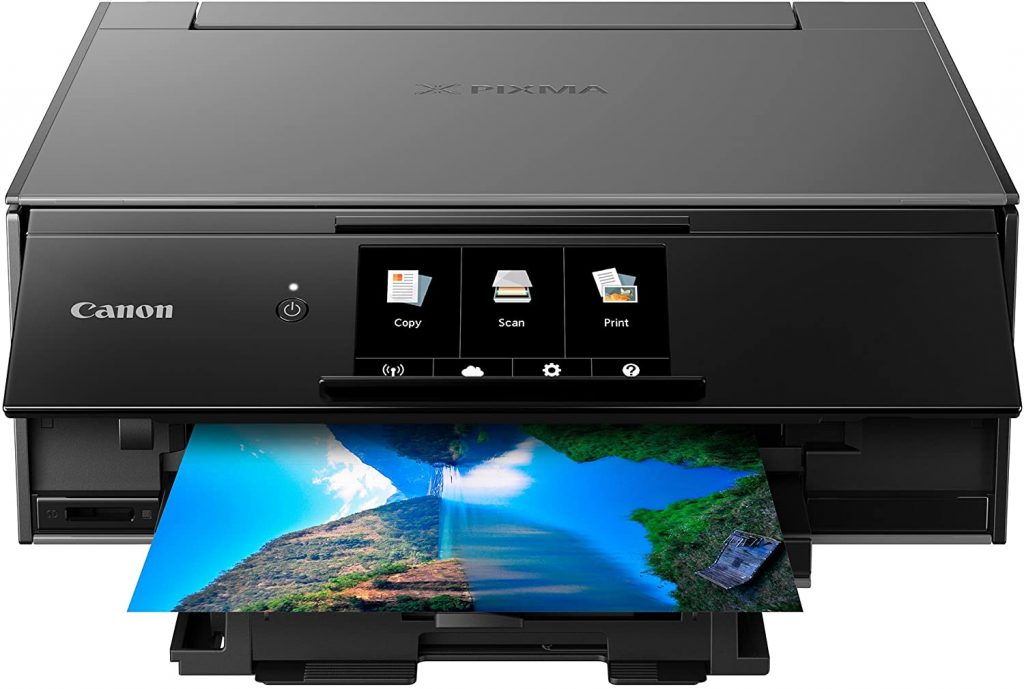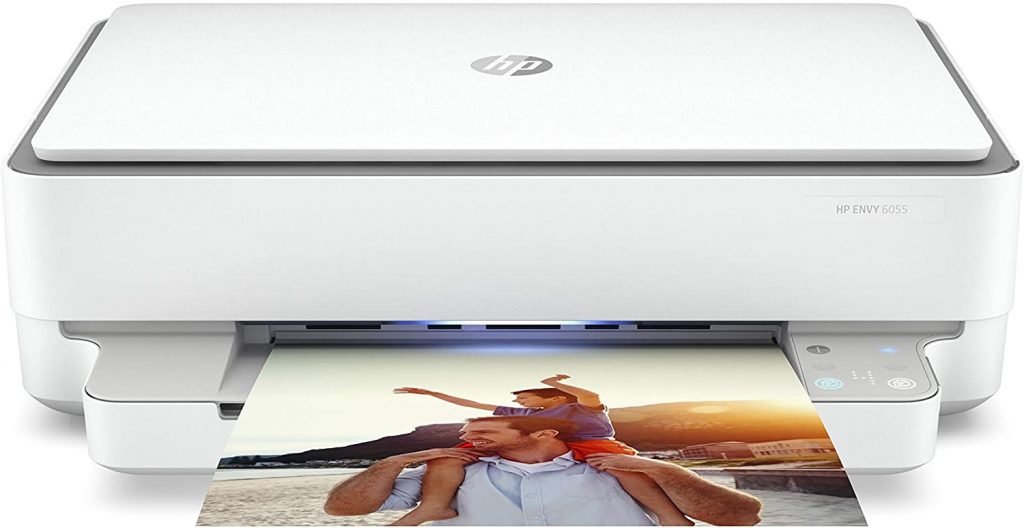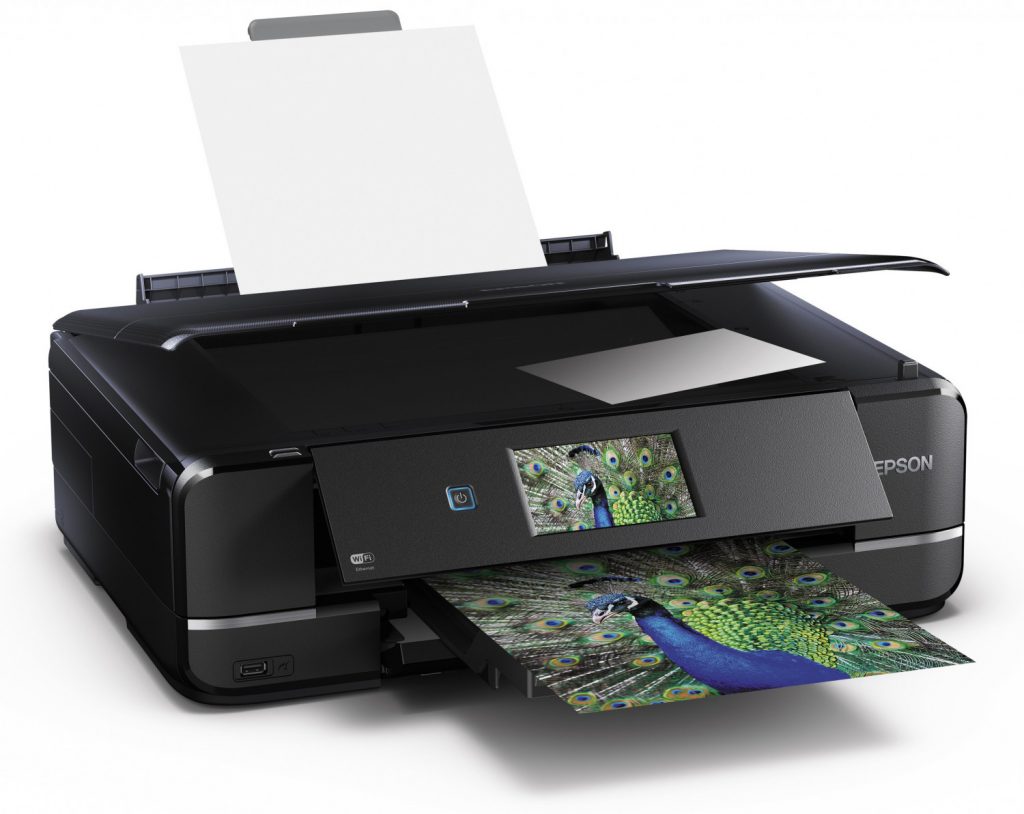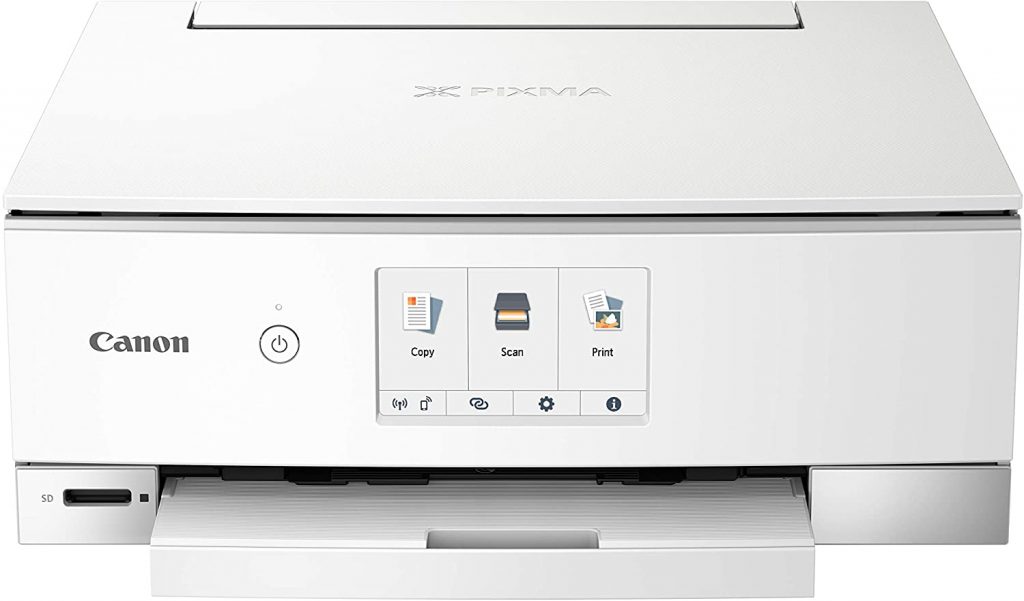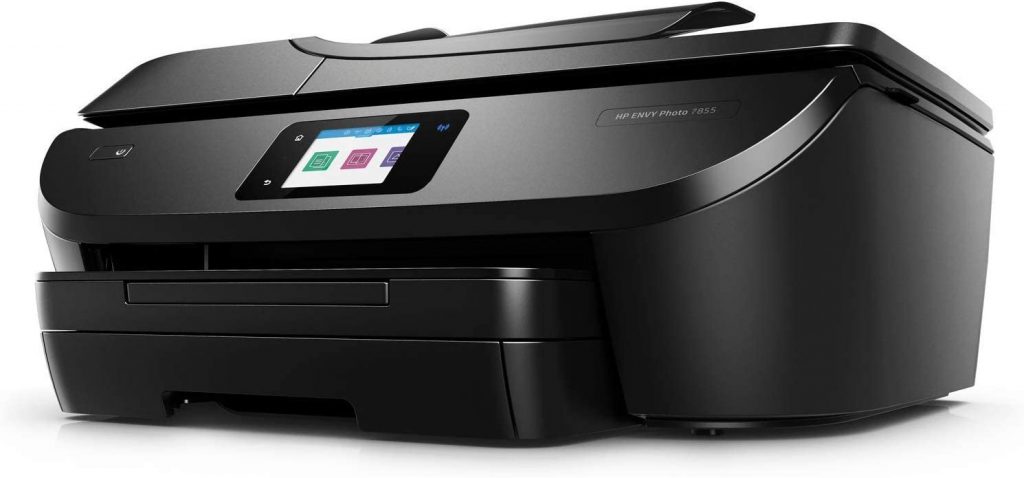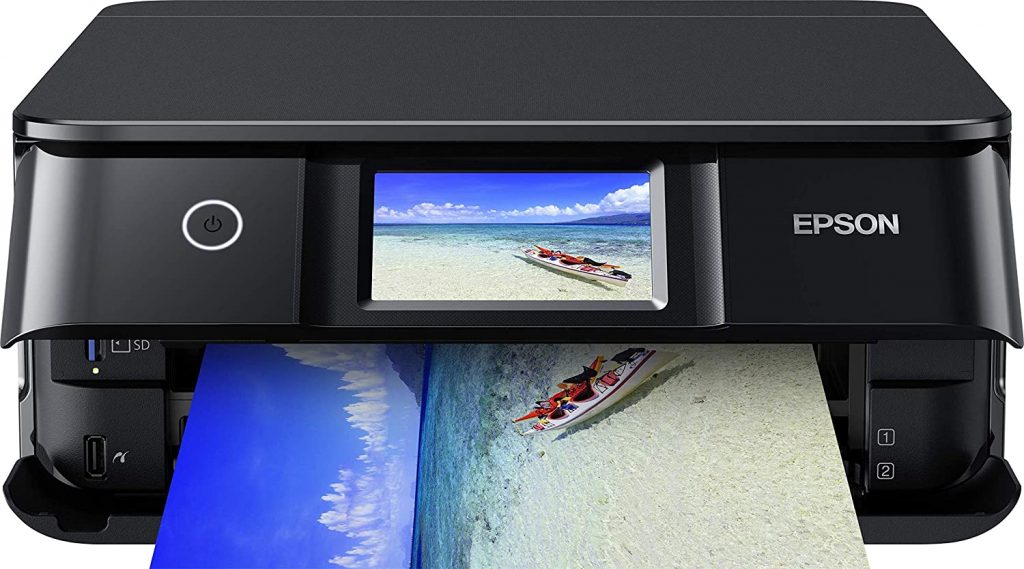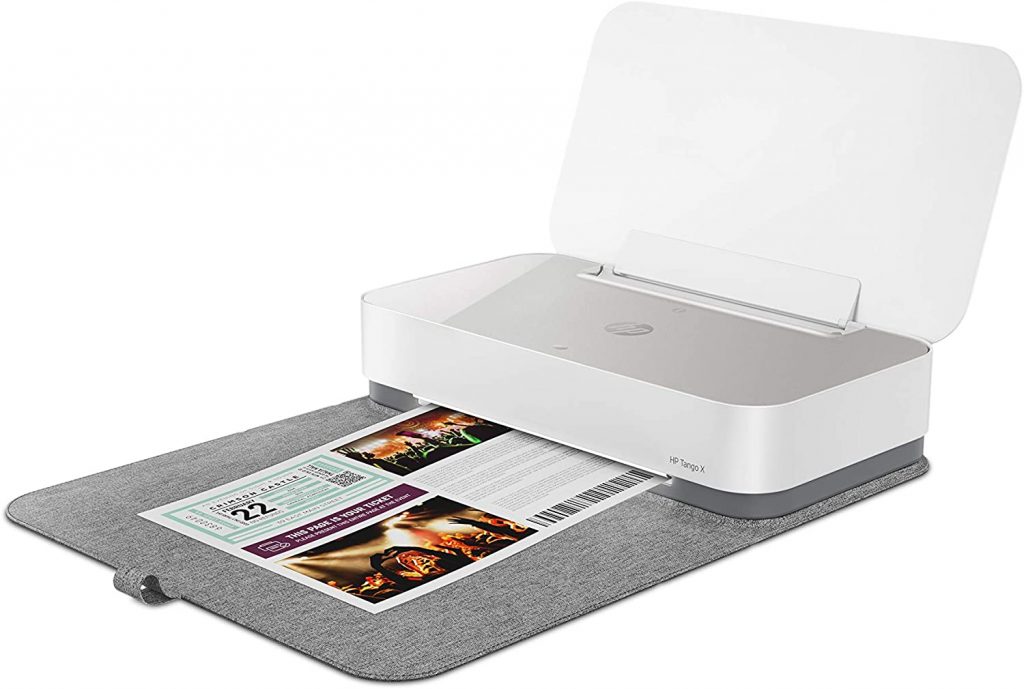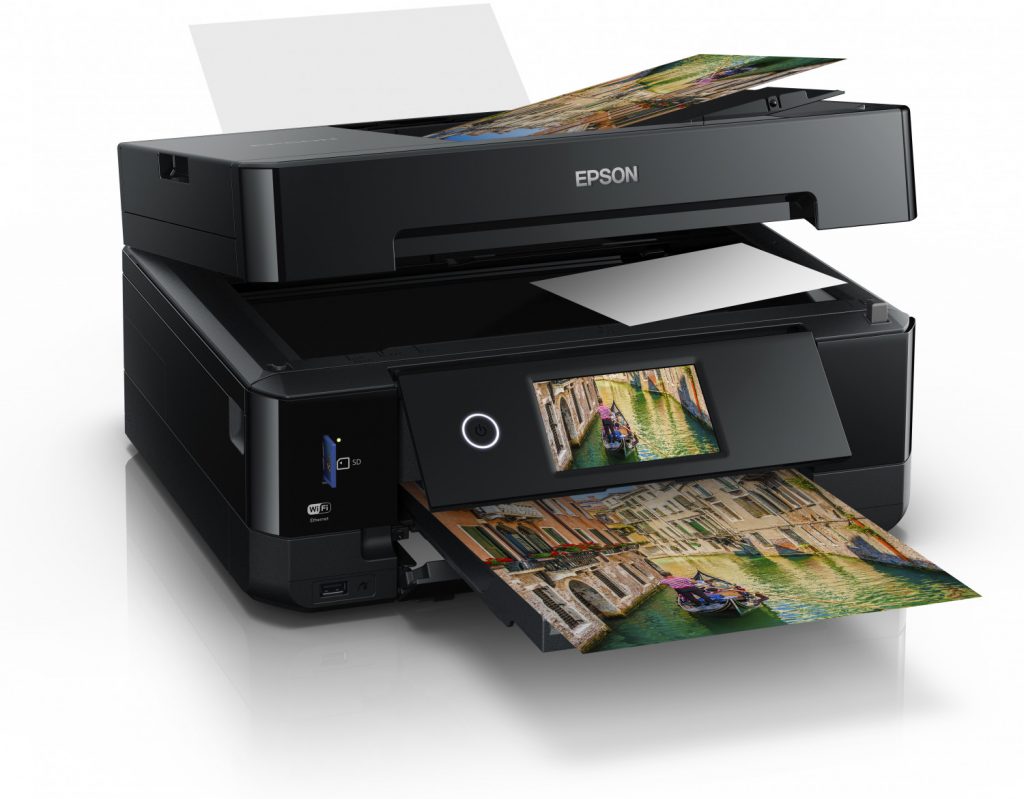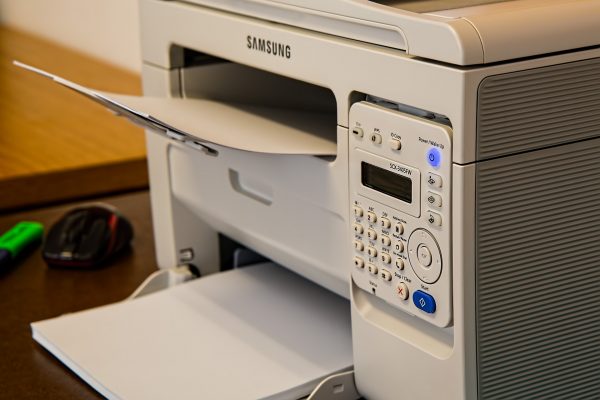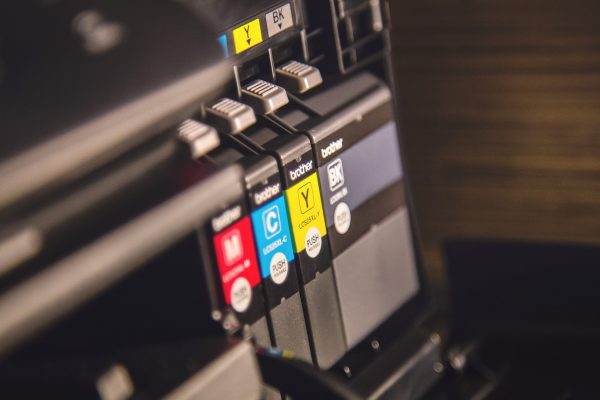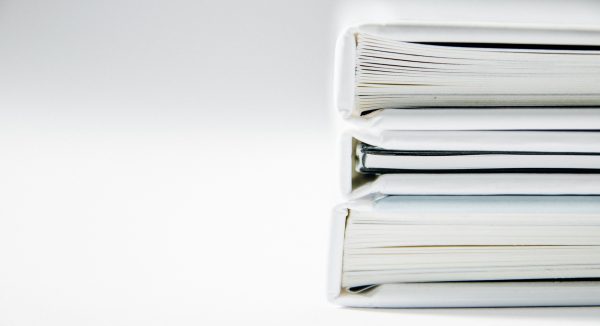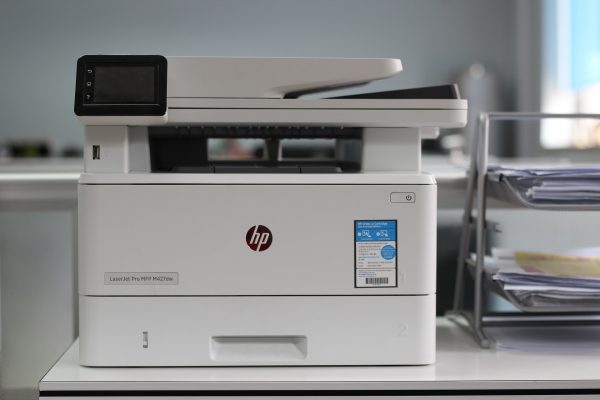A photo printer, as the term suggests, is a device that prints photos. Although there are many other printers who can do that, such as portable printers or 3D printers, photo printers have unique features specific to printing photos. It may be true that some photo printers can print documents, but it would just actually defeat the purpose of having one.
Best Photo Printers for High-Resolution Images
When we speak of the best photo printer, it would most likely come from the top company brands such as Canon, Epson, and HP. These brands have been constantly innovating and making sure that their products remain on top. While there are a lot of brands to choose from, theirs will always be on the top of every article out there. To make everything simpler, we have narrowed down the list to 15, making it more convenient for you to choose the best photo printer that suits your needs.
Things to Consider When Buying a Photo Printer
Since not all photo printers have the same features, it is important to figure out the things that would help you decide which is the best photo printer that would cater to your specific needs. To help you pick the best photo printer, you must consider the following criteria: This Canon photo printer does not print too fast, but the photos that come out of it are good. Another point of concern about this product is it is stuck with the four basic ink colors. Its ink configuration doesn’t make things better, either. The two tanks utilized in this printer hold one and three ink colors, respectively. This would most likely increase the cost should any of the three ink colors from the tank holding it empties because it would require a replacement for the entire cartridge. However, TS5320 is still good for those looking for an all-in-one photo printer. The HP Sprocket Select is very easy to use, and its use of Zink, a special kind of paper incorporating its own “ink,” makes it one of the best portable photo printers from our list. Having to use pigment inks makes it pricey, true. The accuracy of colors and great output quality makes Pixma Pro-10S worth the price that it demands, though. What makes this item worth considering is the built-in scanner and the ink cartridges that can be replaced individually. Its large screen can also be a factor since it would be easier to use. With wireless devices like these, you’ll need a good wifi-booster for faster and more efficient printing. Envy 6055, however, is not fast when it comes to printing. Another thing to note is that there is no Ethernet port or USB port just in case you need to print images stored in a flash drive. The cost of the ink may also be a little expensive should you wish to replace the cartridges with high-capacity carts. Just like the Epson Expression Photo XP 960, the TS 8320 also lacks ADF, but it does not change the fact that this is still a great pick. One problem with Envy Photo 7855 is the combined ink cartridge, which would affect the cost should one of the inks from that cartridge empties. This would require the inks from the entire cartridge to be replaced, which in turn would raise your expenses upwards. But this is still a nice pick since the printer has a lower price compared to its rivals. Its other functions like scanning and copying also make it an ideal buy. On the bright side, the Tango X can scan and copy from a photo taken with your smartphone. There is also a function in the app that allows you to print Facebook photos. The quality of the print is also good with lots of fine details, so you might consider this model if you’re someone who uses their smartphone most of the time. The XP 7100 is also capable of printing on CDs/DVDs, making it comparable to the high-end models. These functions can negatively affect the running costs, but it’s a price to pay for significant features. So, which is the best photo printer from the list provided? It will always boil down to what truly fits your needs. There may be a lot of factors to consider, but thoroughly filtering your options would surely give you satisfaction in the long run. You wouldn’t want to rush buying a photo printer just because you find one factor to be great. Put also into consideration the other factors since failure to do so would just lead to wasting money only to find out that your needs aren’t met. Whether or not you are a professional, there is a photo printer out there that is best suited for you and would make it worth your money. The question that begs to be asked now is this: how do you know that you are buying the best photo printer? Here are some factors to consider.
Size of Printer/ Print
One of the best ways to categorize printers is through their size and the maximum size of the print they can produce. Since this sets the limitation of a printer and will not change during its lifetime, it is important to have this considered before buying. The size of both the printer and print would initially show your purpose of buying one. For beginners who want to have photo printers for home use, it’d be fine to go with standard letter-sized models. Even 13” wide units are fine if most of the photos that you will print range from 4×6” to the standard 13×19” format. If you’re less serious or just want a photo printer, which you could bring anywhere, go with portable photo printers. Professionals, on the other hand, would go with larger models such as 17” wide, which would allow larger prints and panoramic sizes. Models that span 24” are also a good purchase if necessary. Anything beyond that would have to be thought of carefully since you will be looking at expensive maintenance costs.
Number of Ink Colors
The quality of the printed image would, of course, depend on the ink colors that the printer offers. Ink configurations normally range from four, six, eight, and even 12-color pigment inks. It is a significant factor that can affect the outcome of the photos because having more ink colors would result in achieving a wider color gamut. Gamut, in layman’s terms, refers to the number of colors the printer can produce. Most home printers have only four basic ink colors: cyan, magenta, yellow, and black. They are also known as the CMYK. This being said, it would affect the quality of the outcome since the color of the printed image won’t be accurate because of the limited color gamut range. The ones you see on your screen may be a little different from the printed photo because of this. This is the reason why most photo printers now have more ink colors to work with.
Ink type
The type of ink to be used is also being considered because it would influence how long a printed photo would last and how strong the colors it would offer. Although the type of paper used also influences the printed photo’s life, it is important to know which type of ink suits your needs. There are two types of ink–pigment and dye inks. If you’re to compare dye-based ink to pigment ink, the former offers a little brighter outcome and more saturated colors. The latter, on the other hand, is superior when it comes to measuring the lifetime of the photo. Pigment inks last longer, but it often comes with a greater price.
Resolution
Most printers have quite a lot of modes for resolution, so you have to assure yourself that you’re getting the best quality by finding the ones that offer great print resolution capabilities. It would normally range from 360-2880 dots per inch (dpi), but picking at least 600dpi would suffice since it is the standard for most printers now. To find the best photos that you want printed online, you will need to learn how to check your internet speed so you can ensure faster browsing. For fine art reproduction or professionals, 1200dpi would also be good since its higher resolution ensures better prints. Beyond that, one might hardly notice the difference in resolution.
Paper Options
One must not forget that the type of paper to be used may be just as important as the other factors. The thickness of the paper that the printer can handle must also be considered because some printers cannot support paper that are too thick. You have to know what type of media you will most likely use to decide which photo printer is best for you.
Connectivity
Transferring a photo to a printer can sometimes be a hassle for some. Many people are looking for the convenience of not having to connect to a computer to print photos from their camera or memory card. Fortunately, most printers, if not all, are already offering this option. Various printer brands are still stepping up their game by having more types of connectivity integrated to their products. While some printer models only offer just a single USB connector, some would make an Ethernet jack available for faster sharing on a network. Other models would also offer a connection through Wi-Fi and even Bluetooth, which is the common method nowadays when transferring files from mobile phones, tablets, or any other Bluetooth-enabled device. There are also printer models that offer all types of connectivity, so you might want to see which one does that.
Print Speed
The speed of the print differs from one photo printer to another, and it will also depend mostly on the image you want to print. There are print speeds that are displayed along with the printer units in some stores, but don’t be fooled by this as it is usually a draft and non-photo print. You would either have to test it firsthand or read some reviews available online to gather the accuracy of the print speed. Those who put print speed into consideration may be thinking of accomplishing a lot of outputs in a day or say a week, but bear in mind that a faster print speed would decrease the quality. To avoid that, look for photo printers that print fast without sacrificing output quality.
Price Range
The last, but not the least, factor to consider is your price range or budget. When we speak of the price range, it doesn’t necessarily involve just the price of the printer unit but also the cost per page or CPP. The price of the printer alone can either be overwhelming or underwhelming, but you must not miss checking the CPP to expect how much it would take to keep the photo printer running smoothly. It is not easy to identify the cost per page when you print, especially when the photo printer uses a lot of ink colors. It’s because it’s hard to know when and how much of the extra inks are used.
Reasons to Buy a Photo Printer
To know if it’s worth buying, ask yourself why you need one. There are possibly several reasons for buying a photo printer, and one of those is for business or professional use. Some people might be investing to put up a printing business. Professional photographers might be planning to sell their work themselves. Picking the best photo printer would be a great way to start achieving your business goals. The scale of the business can sometimes be determined by the size of the printer, but it will still depend on how often you think you’d use it and what size you would print most often. You must remember that photo printers, especially the large-format units, require a high level of maintenance. On the other hand, some people would buy a photo printer for home use. Students or anyone at home might be interested in printing high-resolution images to preserve special moments in their lives. Regardless if the image is something to hang on their wall or to put in a picture frame, they would normally want to have it in the best quality possible. Some may opt for convenience so they would look for portable photo printers, which they can bring anywhere they want.
How to Clean a Photo Printer
It may not be part of your consideration, but knowing how to clean your printer is something you should be aware of. You may not count this as one of the things you should worry about, but you’ve got nothing to lose when you try to know since it’s part of the maintenance. After all, you wouldn’t want to print a photo one day only to find out that the printed photo has missing details. Fortunately, cleaning a printer can be done by a computer. There is built-in self-cleaning software available to your printer to repair any print-related issues. This can be done by following the steps that are often available in the user manual. In case you lost it, you can try to follow these steps (if applicable) to clean the print head.
How to Clean on Windows
If you are using a Windows computer, go to Control Panel and click on Devices and Printers. The devices and printers will be shown. Right-click on the printer that needs cleaning and click on Properties at the bottom part of the menu. A pop-up will appear which will show General and Hardware options. Click on the Hardware. Then click the Cleaning option and follow what would be asked for in the cleaning process. If it doesn’t appear, a self-cleaning option may not be part of your printer’s features.
How to Clean on Mac
For Mac devices, go to the Apple Menu and look for System Preferences. You will find in the window the Printers & Scanners option which would lead you to the list of printers and scanners. Next is you have to select the printer that needs cleaning. In Options & Supplies, you will find the Utility option on top of the window tab. Click that as well as the Open Printer Utility option which will lead you to the cleaning options. Click the function that you need and follow any on-screen prompts. To check if the cleaning fixed the problem, you may want to try printing on a sheet of paper and see if it went back to normal. If the result still shows an inaccurate image, it would be best to contact a service representative.
